The traditional practice of wood drying, which involves reducing the moisture content of wood before its use, has evolved significantly over time. Initially, wood was either used green or air-dried, a method that is still in use today. However, technological advancements have led to the development of kiln drying, including the sophisticated high frequency vacuum wood drying kilns. The process of kiln drying, known as 'kiln-dried' timber, has become a staple in wood preparation. Historically, the drying process aimed to minimize the internal stresses caused by uneven drying, such as case hardening, which can lead to warping. The evolution of wood drying technology reflects a journey from merely air-drying lumber to employing controlled environments where temperature, humidity, and drying rates are meticulously managed to optimize wood quality and minimize defects.
The diversity of wood types, from softwoods to hardwoods, has also influenced drying technologies. Softwoods, like pine, and hardwoods, such as those from fruit trees, have different structures and densities, affecting their drying processes and the technology required to dry them effectively. As the industry has sought to improve efficiency and quality, high frequency vacuum wood drying kilns have emerged as a revolutionary solution, offering precise control over the drying process. This technology represents a significant leap from the conventional methods, addressing the challenges of drying wood with high density and complex structures, which are less permeable and more difficult to dry.
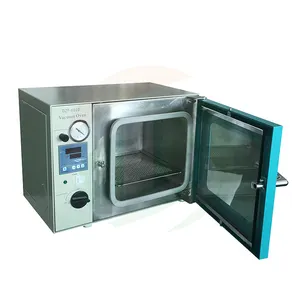






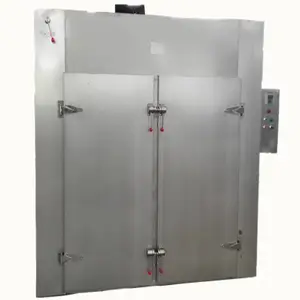

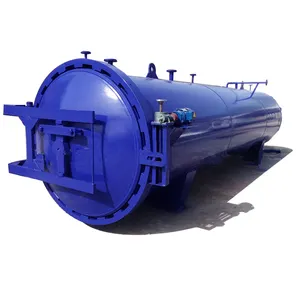





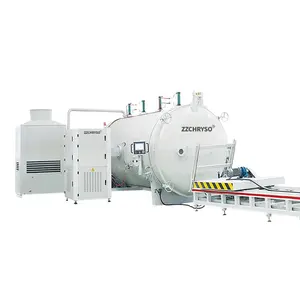

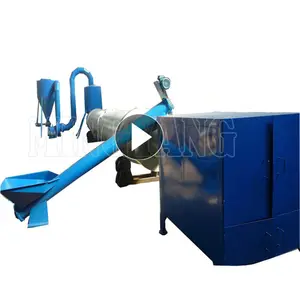

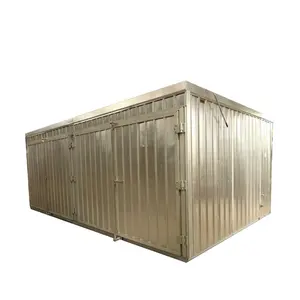



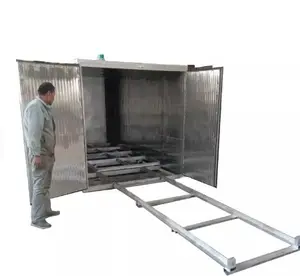




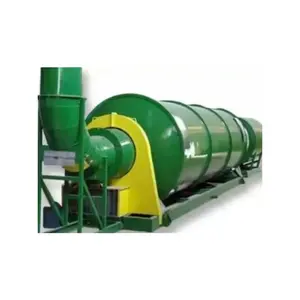



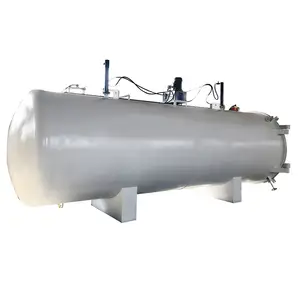

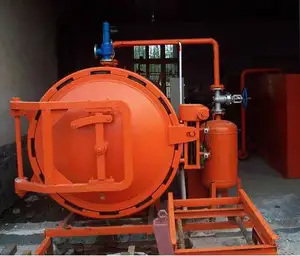





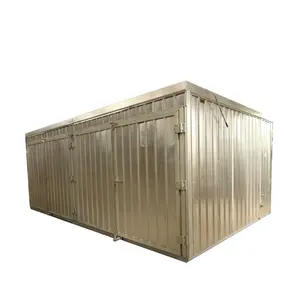


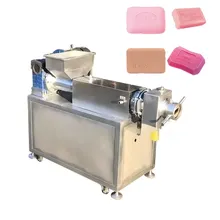
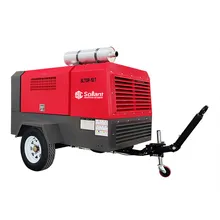
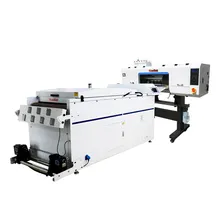
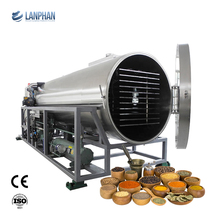
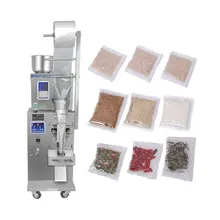


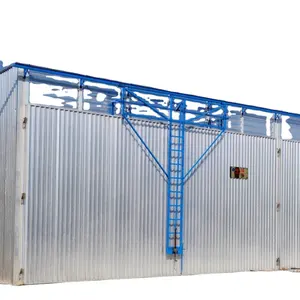



























 浙公网安备 33010002000092号
浙公网安备 33010002000092号 浙B2-20120091-4
浙B2-20120091-4